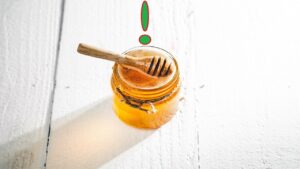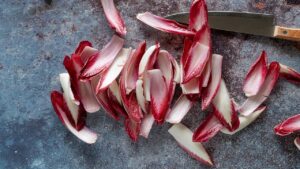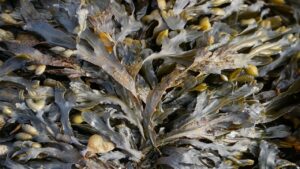A Closer Look at What Makes Up a Peanut
It is safe to say that it is uncommon to find a party with friends without a bowl of peanuts. They are an irresistible and somewhat addicting snack that we can enjoy while socializing. But most of us have probably never even taken a moment to consider what this snack is made of. In this article, we are going to explore the properties of peanuts.

The Properties and Characteristics of Peanuts
The fruit of the Arachis Hypogea plant, otherwise known as the peanut, is commonly believed to be an actual nut, but it is actually a legume. This kind of plant develops seeds in little groups hidden underneath a canopy of leaves. The plant is native to Brazil and grows best in hotter climates. As the peanut grows larger and shows golden veins, it is ready to be harvested and shelled. They typically have a shelf-life of about a year.
Peanuts also provide some health benefits. The legume is rich in mineral salts and vitamins. They can be an excellent source of energy, and they even help fight bad cholesterol, improving the function of the circulatory system. Also, peanuts have high levels of protein and fiber, which can help with digestive regularity. But always be sure to enjoy peanuts in moderation if you are following a low–calorie diet.
Caution

It is also very important to mention that peanuts can be highly allergenic to certain individuals. Those who have peanut allergies can suffer from breathing and gastrointestinal problems when they are consumed. In severe cases, there is also the possibility of anaphylactic shock.
For those who can enjoy peanuts without worrying about any allergic reactions, there are still some things to consider. Peanuts can be prepared in a variety of delicious ways by being salted and even caramelized. However, this makes peanuts high in sodium and even higher in calories. So, like all the delicious snacks that we enjoy, it is important to remember to enjoy them in moderation.





